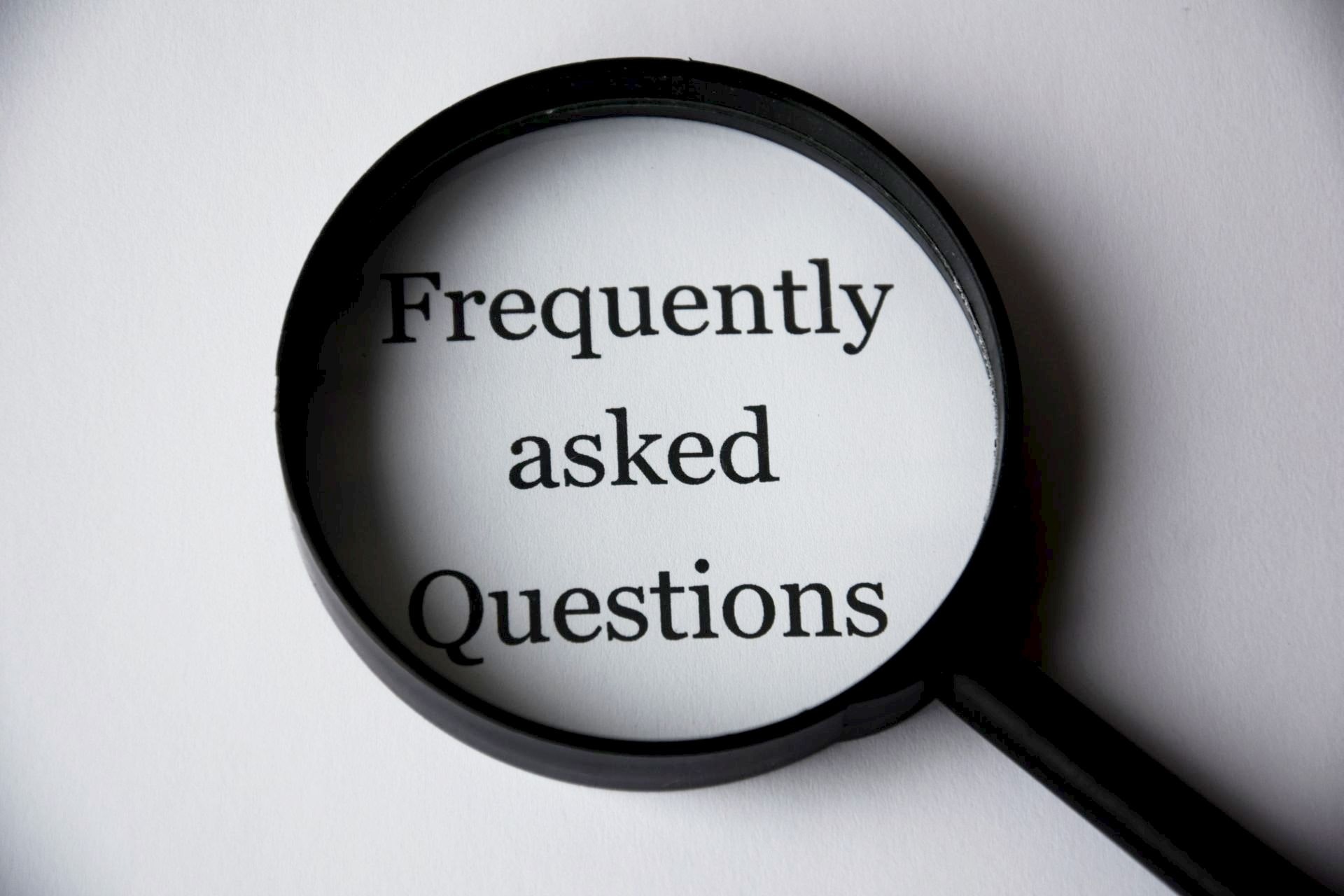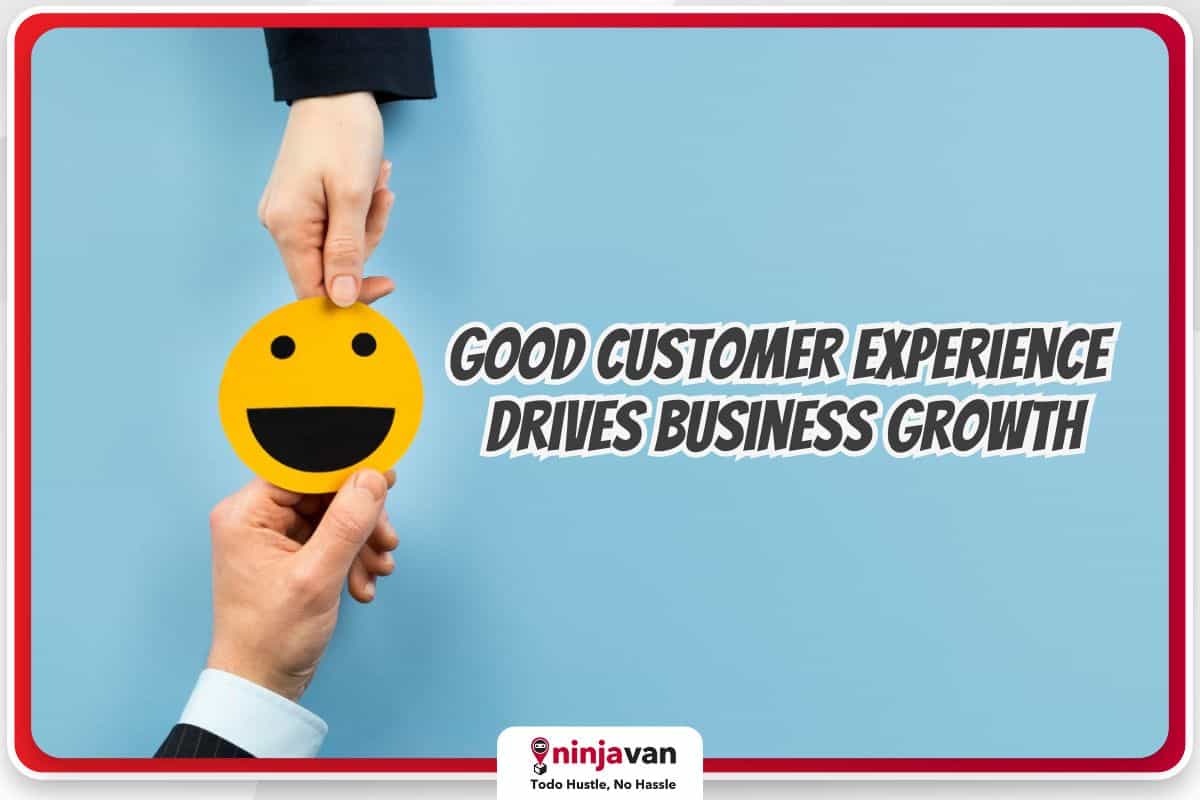So you made the jump and started your own ecommerce business. What’s next?
As the real grind of running the business starts getting into your system, there’re several crucial things that you’ve to focus on next. These things will help ensure that your jump into business is a leap into success.
Also read: 5 Things You Can Enjoy with a VIP Shipping Account
8 things to do after launching a business
Launching a business is a fantastic first step! Now that you’ve got your virtual doors open, here’s what you can do to solidify your foundation and start attracting customers.
1. Optimize your product listing
High-quality product photos and descriptions are important to attract customers to your ecommerce shop, or even social media posts linking to your store.
Invest in clear pictures showcasing your products from multiple angles and write compelling descriptions that highlight their features and benefits. Your product pages should be designed for conversion.
2. Cultivate a mailing list
Email has become an effective tool to make you more accessible to your customers, spread updates about the business, and help you reach out to existing and new markets in different ways.

Create and maintain a mailing list of your customers from those who:
- who visited your website
- availed of your offers
- show interest in your product
- subscribed to your newsletter
Having your own mailing list allows you to customize your marketing efforts with updates, promotions, or surveys. You can send specialized content, invitation-only events, members-only updates, exclusive discounts, answers to frequently asked questions, and other efforts to keep your customers engaged.
Check out these Email Marketing Tips and Trends for 2024 and beyond.
3. Create a consistent look
How does your website or your product page look? Is it engaging? Are your images in the right proportion? Is the information updated (prices, models, stock availability, contact information)? Does it have a well-designed look?
Why do they matter? They reflect your brand. Colors, fonts, images, and layout contribute to your brand identity. They also contribute to your customer’s experience, which can lead to purchase – or not buying – or buying from a competitor’s site.
Also, more than half of users say they will not engage in a company after a bad mobile experience. Make sure to regularly check the accessibility, ease, and speed of navigation in your page or site too!
4. Quick response protocol (i.e., customer service)
Did you know that 88% of customers expect a response from you within 60 minutes? Prompt and professional communication is key to building trust and customer loyalty.

Responding within one hour might be overwhelming especially on a busy day, but it is worth noting that customers rate fast response time as the most important to them when it comes to customer experience.
Make it a priority to develop a quick response protocol that your team can refer to whenever a customer reaches out via phone, email or on any of your social media platforms. A couple of efficient ways is setting up a chatbot or creating FAQs for a quick reference to customers.
5. Check on customer feedback
It is also worth noting what your customers think about your products and your company. You may gather customer ratings or feedback through your page, site, or via email. Or your customers may make their reviews offsite.

These are worth regularly checking and noting because reviews impact your business. Actively seeking customer feedback will help improve your products, website, and overall customer experience. They influence the buying decisions of your customers and their network, and therefore impact your company’s credibility.
If you do get a negative review, reach out promptly and try to offer a resolution.
6. Set up inventory management system
This is crucial for ecommerce businesses. Setting up an inventory management system early on will make it easier to track your inventory as your business grows.
Develop a system to track inventory levels and prevent stockouts. This is especially important during peak seasons or when you’re running promotions.
7. Set up fulfillment process
Decide on your order fulfillment strategy. Will you handle packaging and shipping yourself, or outsource it to a fulfillment center? You may think this is easy when you’re only starting. But as your orders increase you’ll need to streamline your process, and finding a fulfillment partner is best.
Outsourcing your fulfillment also makes it easier to expand your business as your provider will handle your inventory management, order fulfillment and shipping.
Partner with Ninja Fulfillment now so you can focus more on building and growing your business.
8. Monitor and analyze your analytics
Monitoring and analyzing your ecommerce website analytics is crucial for several reasons. It’s like having a constant feedback loop from your customers, helping you understand their behavior and optimize your store for better sales.
Some some key benefits include:
- Understanding your customers
- Improving user experience
- Boosting sales and conversions
- Identifying sales trends
- Staying ahead of the competition
Use this data to understand what’s working and what isn’t, and adjust your strategies accordingly. Make informed decisions, optimize your store, and ultimately drive sales and customer satisfaction.
Grow your business with Ninja Van!
Adding these starting a business checklist is worth the effort. Use these tactics to help your business grow.
And when it’s time to expand, Ninja Van is your one-stop logistics solutions partner so you can focus on your core business competencies and spend more time building your brand. We’ll do everything for you:
- Sourcing and procurement
- Warehousing and fulfillment
- Inventory restocking
- Last mile delivery
Talk to our logistics experts today to get customized logistics solutions!







